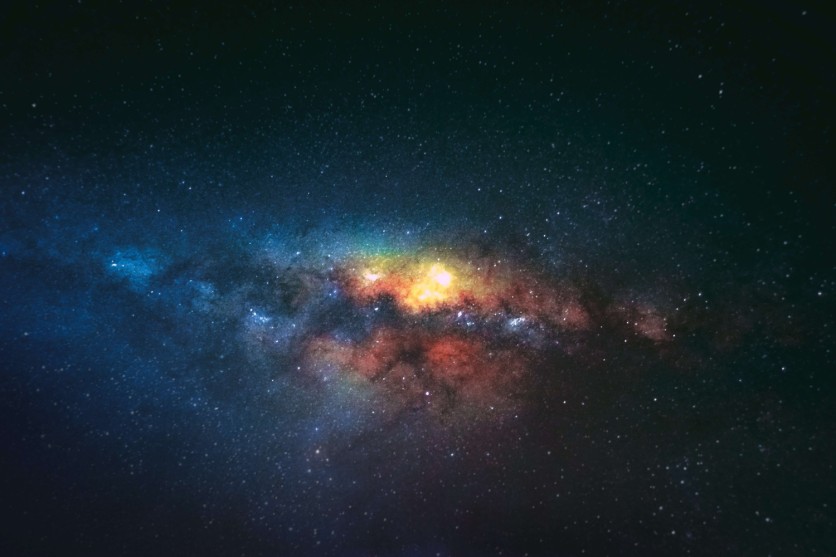
A recent powerful radio telescope that was staring at a satellite galaxy of the Milky Way has just been able to detect thousands of hitherto unknown radio sources! Introducing the Evolutionary Map of the Universe or EMU Early Science Project.
Large Magellanic Clouds
In the particular direction of the Large Magellanic Clouds, there are thousands of nearby stars, supernovae, and even other distant galaxies that could have been detected in radio wavelengths for the very first time ever. Data was found that could yield new information regarding the inner workings and evolution of these, particularly fascinating objects.
According to ScienceAlert, it is all part of the EMU Early Science Project that is currently being conducted through the Australian Square Kilometer Array Pathfinder or ASKAP facility located in Australia. This is known as one of the most sensitive radio telescopes which is currently in operation.
Peering Into the Radio Universe
It is reportedly peering directly into the radio Universe in order to be able to obtain additional details regarding how it evolved over time. Keele University's astronomer Clara Pennock noted that the sharp and sensitive new images actually revealed thousands of different radio sources which were never seen before.
It was noted that most of those are actually galaxies that are millions or even billions of light-years beyond the whole Large Magellanic Cloud. Keele noted that they typically see them due to the supermassive black holes in their center which can reportedly be detected at all wavelengths, especially through radio. As of the moment, however, they have also started to find many galaxies in which stars are starting to form at quite a tremendous rate.
Read Also: Blue Origin's Top Engineers and Employees Resigned After Jeff Bezos' Trip to Space
Getting Data at Extraordinary Detail
By combining the data with previous observations from optical, X-ray, and infrared telescopes, the researchers will be able to explore the galaxies in extraordinary detail. The Large Magellanic Cloud is known as a dwarf spiral galaxy that orbits the Milky Way at a distance of about 160,000 light-years. The Hubble telescope was able to obtain images from 68 million lightyears away and is bringing back those images for scientists to study.
Eventually, in just about 2.4 billion years, it will reportedly be absorbed by the Milky Way. As of the moment, however, its proximity makes it an excellent object to help with the learning of the structure of the galaxy as well as the life cycles of stars themselves. Solar radiation was found to have quite a significant effect on how tiny lunar iron nanoparticles are formed.
The research team reportedly turned ASKAP's antennas to the particular galaxy in order to obtain observations that were not just of the entire structure but also about the individual objects within it. These include supernovae, stars, stellar nurseries, and more like the lush Tarantula Nebula as well as the most active starburst region known in the Local Group of galaxies that are forming stars at quite a high unusual rate.
Related Article: New Energy-Efficient Building Plans Unveiled in New Study as Experts Believe They Could Decrease Annual Premature Deaths
This article is owned by Tech Times
Written by Urian B.
ⓒ 2026 TECHTIMES.com All rights reserved. Do not reproduce without permission.




